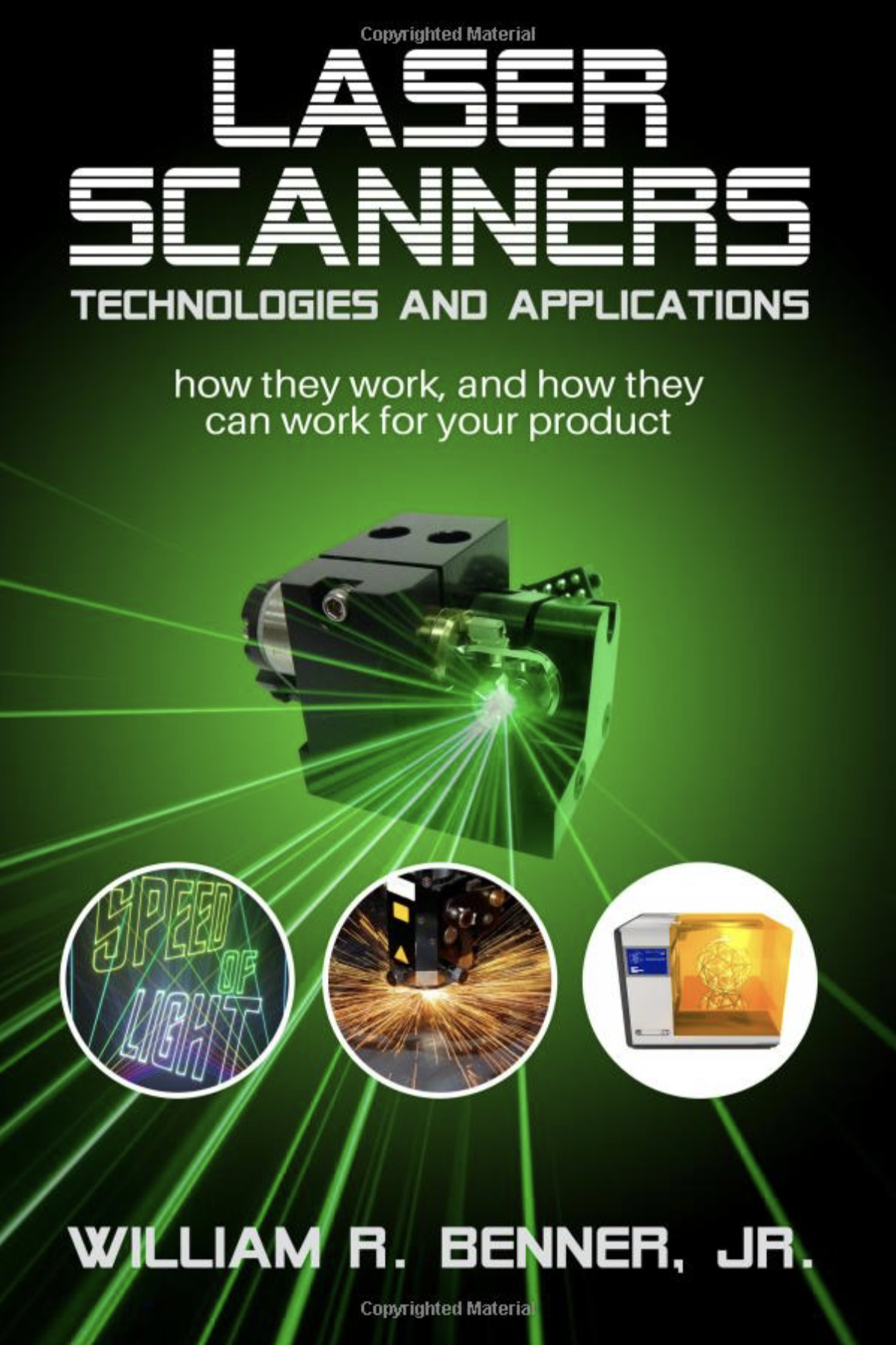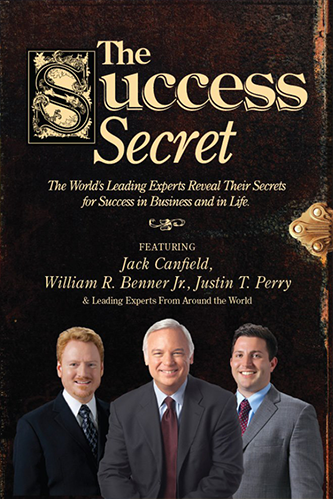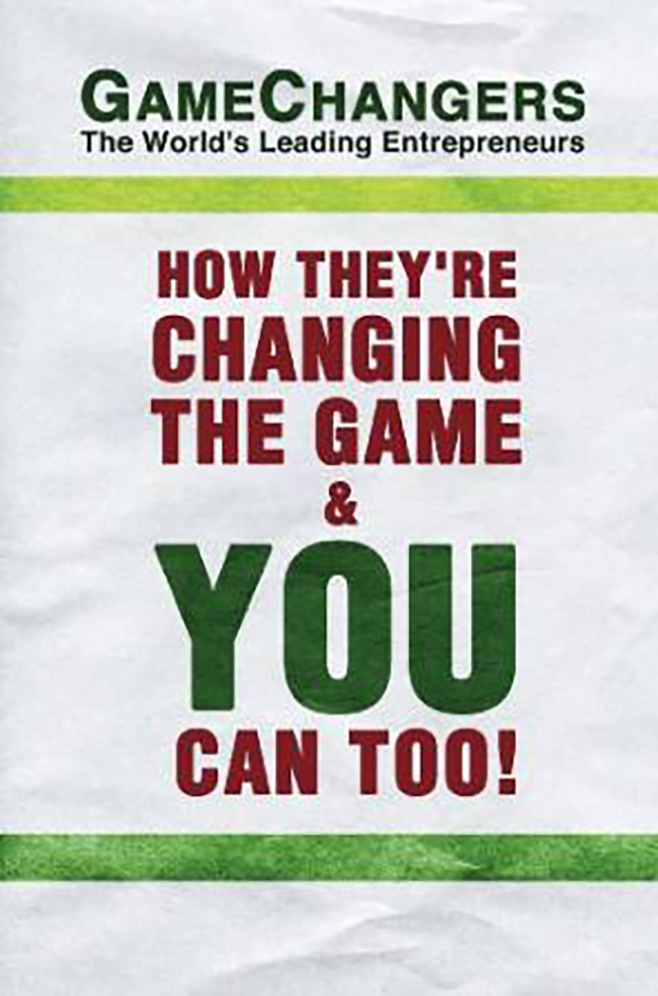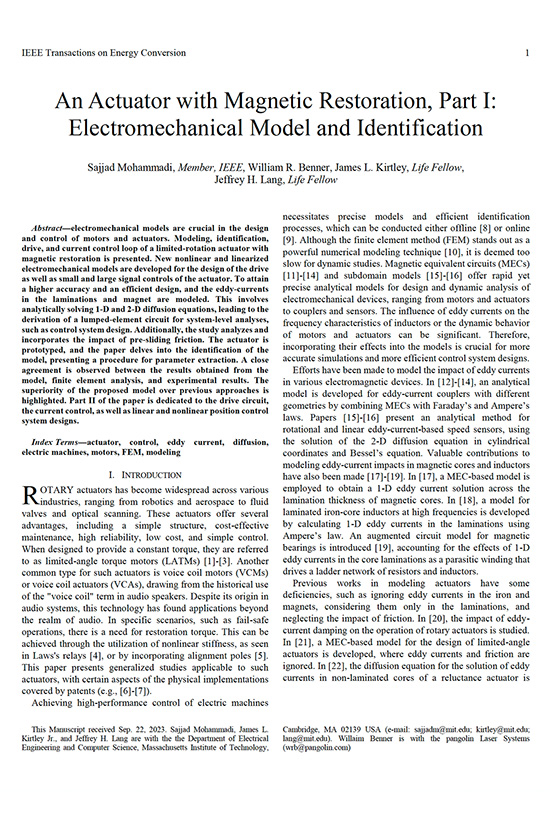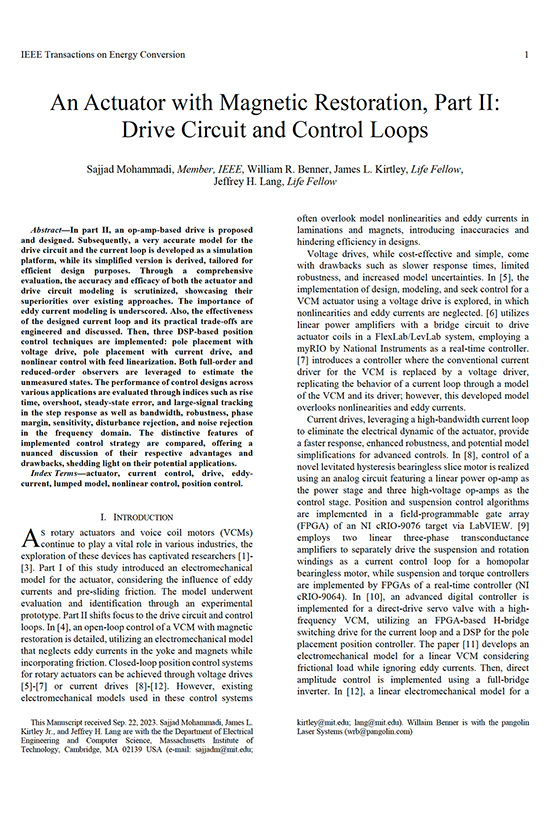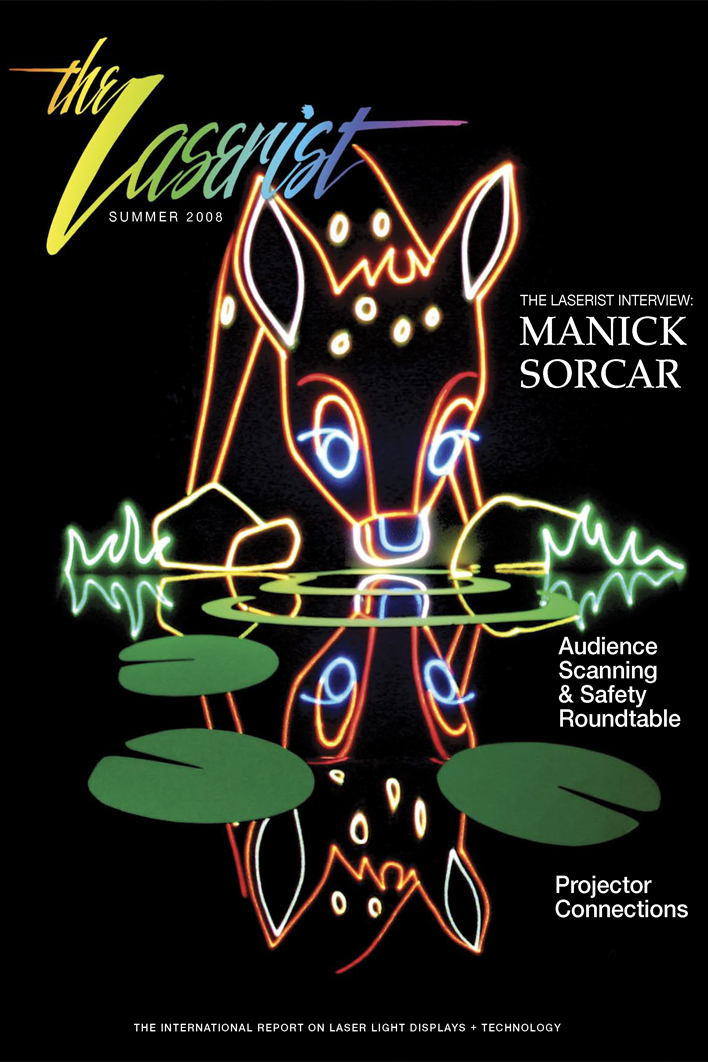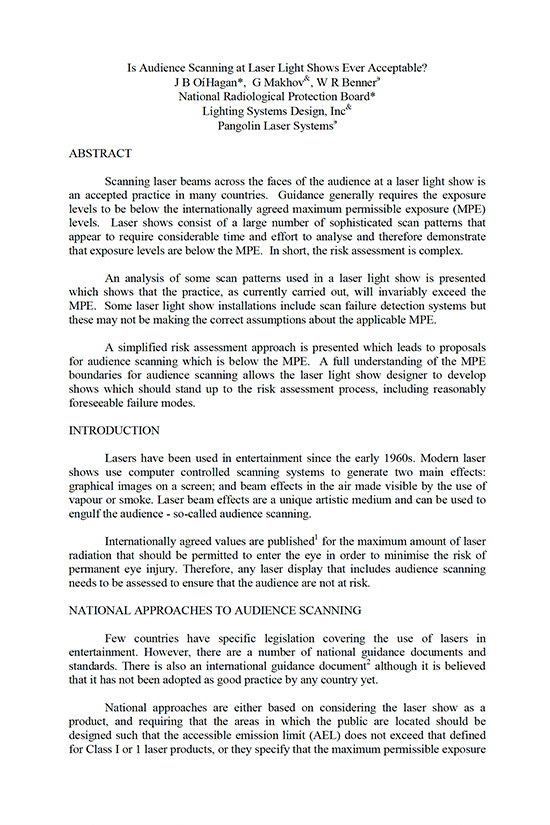Publications
Here you will find my most prominent publications, although I’ve also written dozens of articles, user manuals and help files.
#1 best-selling book — LASER SCANNERS: Technologies and Applications
Laser scanners are the engines inside some of today’s most important products, including 3D printers, self-driving cars, laser show projectors, barcode scanners and medical imaging systems. However, engineering schools and universities generally don’t teach students about laser scanners, or how they might be used to create brand new products.
I wrote this book as a practical guide to help people understand laser scanners well enough to apply them toward the development of new products. For the most part this is a high-level guide, not an in-depth treatise. However this book does go into depth on certain galvanometer-related topics.
Shortly after its release it became a #1 best seller on Amazon.com, and since that time it has remained within the top 50 books in the category of Engineering and Physics.
The Success Secret
The world-famous Jack Canfield, author of the Chicken Soup for the Soul series, sought out business authors to contribute to this new book. It was great fun working with Jack and the other authors (all of whom were more famous than me), and at 57 chapters and 525 pages, it’s certainly the biggest book project I’ve ever been involved with. Like the Chicken Soup for the Soul series, this too became a best seller.
The Only Business Book You’ll Ever Need
Another collaborative effort of well-known and best-selling authors including Brian Tracy, Ron LeGrand, Leigh Steinberg, and several others including me. This book became an Amazon.com best-selling book.
WIN: 35 Winning Strategies from today’s leading entrepreneurs
A collaborative effort on the part of 35 executives, each of whom contributed a single chapter. In my chapter (Chapter 34) I discussed the process of niching, and gave examples of how companies were able to access niche markets with specialized products, and do so with little effort. The book became a #1 Amazon.com best-seller.
GameChangers
Amazon.com #1 best-selling book that was a collaborative effort of several authors. It was my effort in the book to cover the inventive process, and how to bring ideas from conception to market. The book was influential and was also covered favorably in several blogs.
An Actuator with Magnetic Restoration, Part I: Electromechanical Model and Identification
IEEE published paper about Modeling and System Identification of an electromagnetic actuator with restoration, such as the one used in our Compact 506 optical scanner.
An Actuator with Magnetic Restoration, Part II: Drive Circuit and Control Loops
IEEE published paper about drive circuitry and control loops involved in controlling an electromagnetic actuator with restoration, such as our Compact 506 optical scanner.
Making the Right Connections for Perfect Laser Images
Connecting the MCF5307 to 168-Pin Unbuffered SDRAM DIMMs
This application note shows how to interchange various standard synchronous DRAM (SDRAM) dual-inline memory modules (DIMMs) in a ColdFire® MCF5307 design without re-routing the board. It was used by many companies who used the Motorola MCF5307 processor, including several competitors!
Is Audience Scanning at Laser Light Shows Ever Acceptable?
Scanning laser beams across the faces of the audience at a laser light show is an accepted practice in many countries. Guidance generally requires the exposure levels to be below the internationally agreed maximum permissible exposure (MPE) levels. Laser shows consist of a large number of sophisticated scan patterns that appear to require considerable time and effort to analyse and therefore demonstrate that exposure levels are below the MPE. In short, the risk assessment is complex.
Computer Graphics for Scanned Laser Displays
Projected laser displays, such as those for laser light shows, often use computer-drawn graphics, which are scanned onto the screen. These vector drawings have restrictions imposed by the laser projection equipment. Conventional vector graphics programs such as AutoCAD™ do not work well for laser display use. This necessitates laser-specific computer software. Current laser-scanning techniques are introduced in this article, which emphasizes the limitations of scanner technology and suggests remedies. Considerations for the design of laser graphics software are then set forth, and current laser systems are discussed, with an in-depth example using software developed by the authors. Future directions for laser display, scanning technology, and software are also reviewed.
